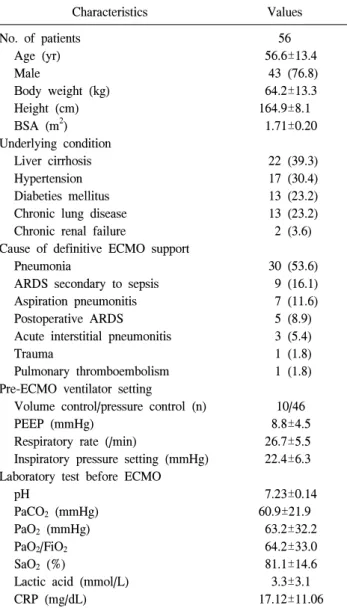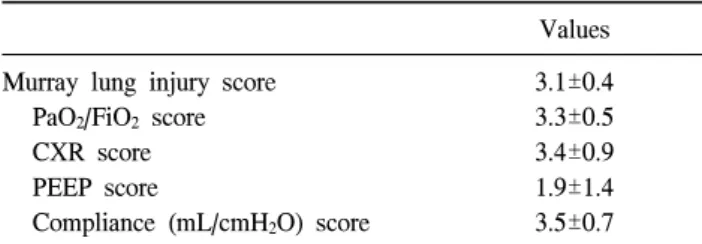Korean J Thorac Cardiovasc Surg 2012;45:91-94 □ Clinical Research □ http://dx.doi.org/10.5090/kjtcs.2012.45.2.91 ISSN: 2233-601X (Print) ISSN: 2093-6516 (Online)
− 91 −
Department of Thoracic and Cardiovascular Surgery, Asan Medical Center, University of Ulsan College of Medicine Received: September 1, 2011, Accepted: September 30, 2011
Corresponding author: Joon Bum Kim, Department of Thoracic and Cardiovascular Surgery, Asan Medical Center, University of Ulsan College of Medicine, 88 Olympic-ro 43-gil, Songpa-gu, Seoul 138-736, Korea
(Tel) 82-2-3010-3580 (Fax) 82-2-3010-6966 (E-mail) jbkim1975@amc.seoul.kr
C
The Korean Society for Thoracic and Cardiovascular Surgery. 2012. All right reserved.
CC

